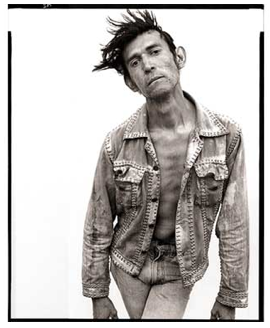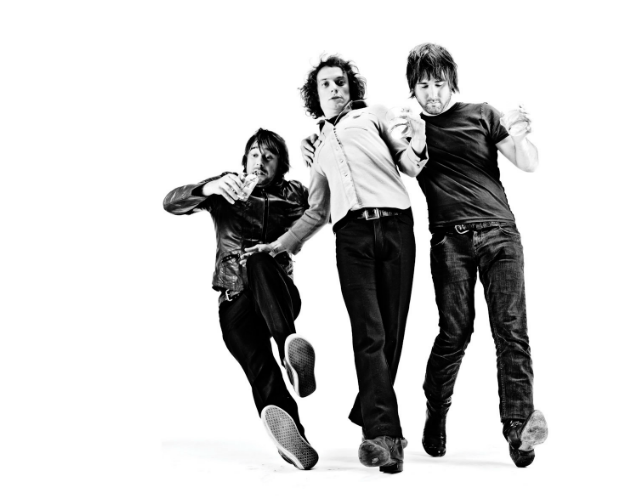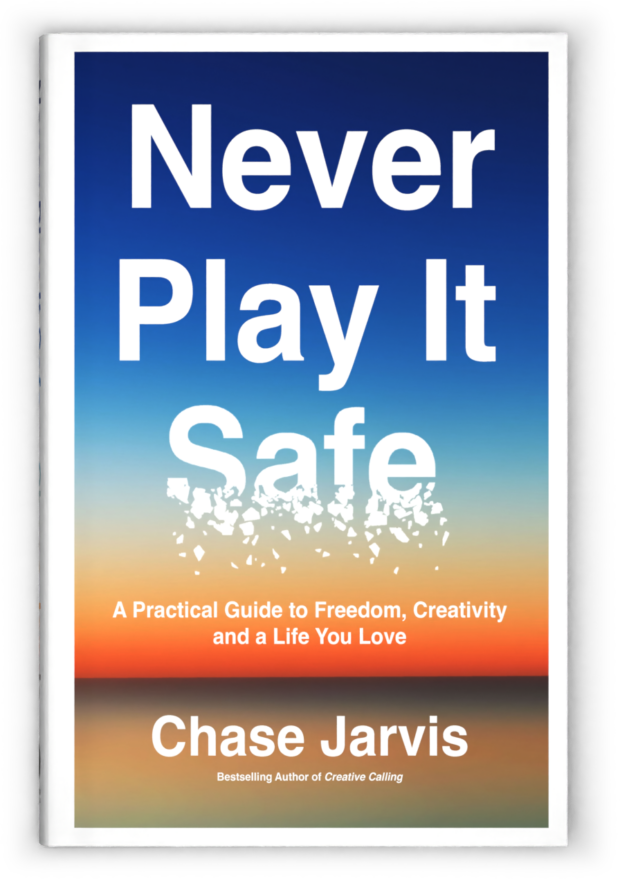When I was a less experienced artist, I thought that less gloss meant less talent. For, after all, it seemed to me to be commonly assumed in our culture that talent resided only in the gloss, the perfection, and the polish. If your art didn’t have polish it was only because you we’re able to apply it.
Now, I tend to feel just the opposite. Gloss, more often than not, acts as a substitute for soul, a clear vision, intent. It’s certainly more challenging to find the perfect vintage car to purchase than it is to select a shiny new sports car. It seems like gloss too often is the easy way out.
Photographically, for me, this translates away from traditional, more “perfect” images and toward the more real moments. It’s the off moments, or rather the “un-moments” that make stronger, more emotionally charged images. Those images feel more like my life—far more imperfect and far more relevant.
 There are a million images around us to prove my point. Think of the work of so many masters. Cartier-Bresson. Think of Warhol’s photos, of Avedon’s. Or more modernly, of Ryan McGinley’s or Chris Buck. Examples from my own work can be found in the Seattle 100: Portrait of a City book
There are a million images around us to prove my point. Think of the work of so many masters. Cartier-Bresson. Think of Warhol’s photos, of Avedon’s. Or more modernly, of Ryan McGinley’s or Chris Buck. Examples from my own work can be found in the Seattle 100: Portrait of a City book
. I shot 100,000 images for that book, and the ones the made the final 300-image book edit were almost always this “un-moment” of which I write. These un-moments–these instants just before and just after those photographic moments that have been so historically revered in our culture–seem so much more revealing, engaging, and meaningful. My growing experience tells me that this sliver of time that captures the spontaneous and the genuine and pierces through the façade of a conventionally “perfect” portraits does so in a way that more accurately reveals the truly human.
Certainly there are exceptions to my hypothesis abound – where polished images succeed – its simply my hope that we suspend our de facto acceptance of the new-and-polished and recognize that it’s more often something gritty that challenges us to find a deeper aesthetic, take a longer vision and seek more soulful connections. Put simply, “gritty” may require more emotional and metaphysical investment from us viewers, but it is far less deceitful than “glossy” and creates a far greater opportunity for culturally-relevant, creative success.
[this post is adapted from a piece on design that I origially wrote for Arcade Magazine]




















I’ve always thought the un-moment was actually THE moment?
We live in a time of reality tv. Interestingly enough, the more time people spend in work cubicles, traffic and on-line, the more they seem to like images that are ‘real’.
Couldn’t agree more. This is how I’ve always shot and prefer to shoot. I like to capture the moment right before or right after, those tend to be the most genuine and authentic shots.
Awesome post. I think about this all the time too. Actually, I see a lot of parallels in sports and fine art. Think about someone like Michael Jordan mastering the fundamentals first (glossy), and then being able to improvise on the court (gritty). Or impressionist artists like Van Gogh who could have been technically perfect in their renderings (glossy), but then became looser and more impressionistic (gritty) as they got older and mastered their medium. Or think of Frank Gehry, who can design an architectural masterpiece by scribbling on a napkin.
I think gritty images mean you’ve mastered the art to the point where you’re able to rely more on instincts for the shot… and the results usually have a more emotional immediacy, which is what the audience will respond to more than showing off how skilled and glossy the photographer is.
So, yeah… totally.
One of the lessons I gave photographers who worked for me when I was an AP staffer was to always arrive early and stay late.
Some of the best photos from scripted and routine events came from the unprepared moments, not the event itself.